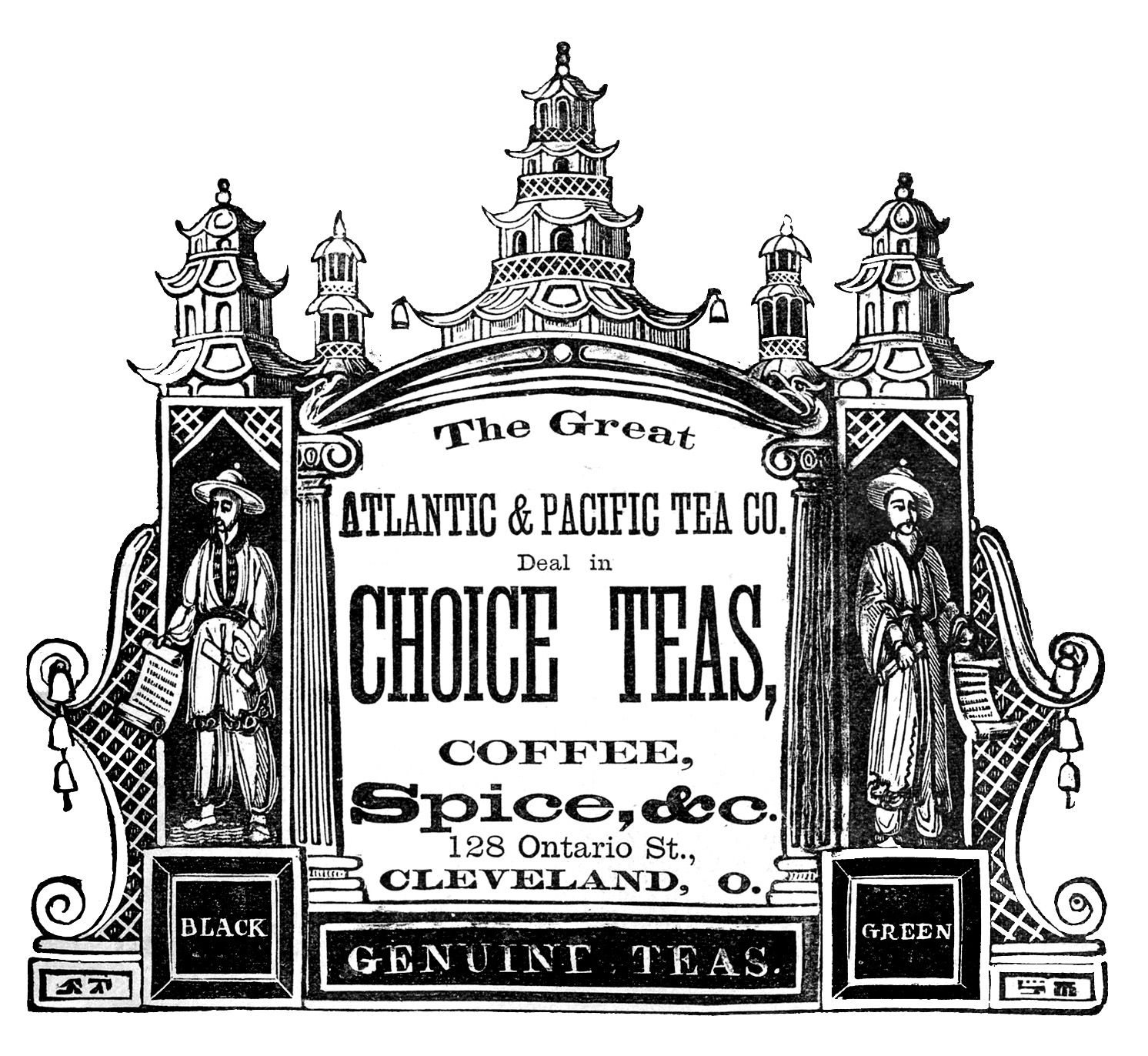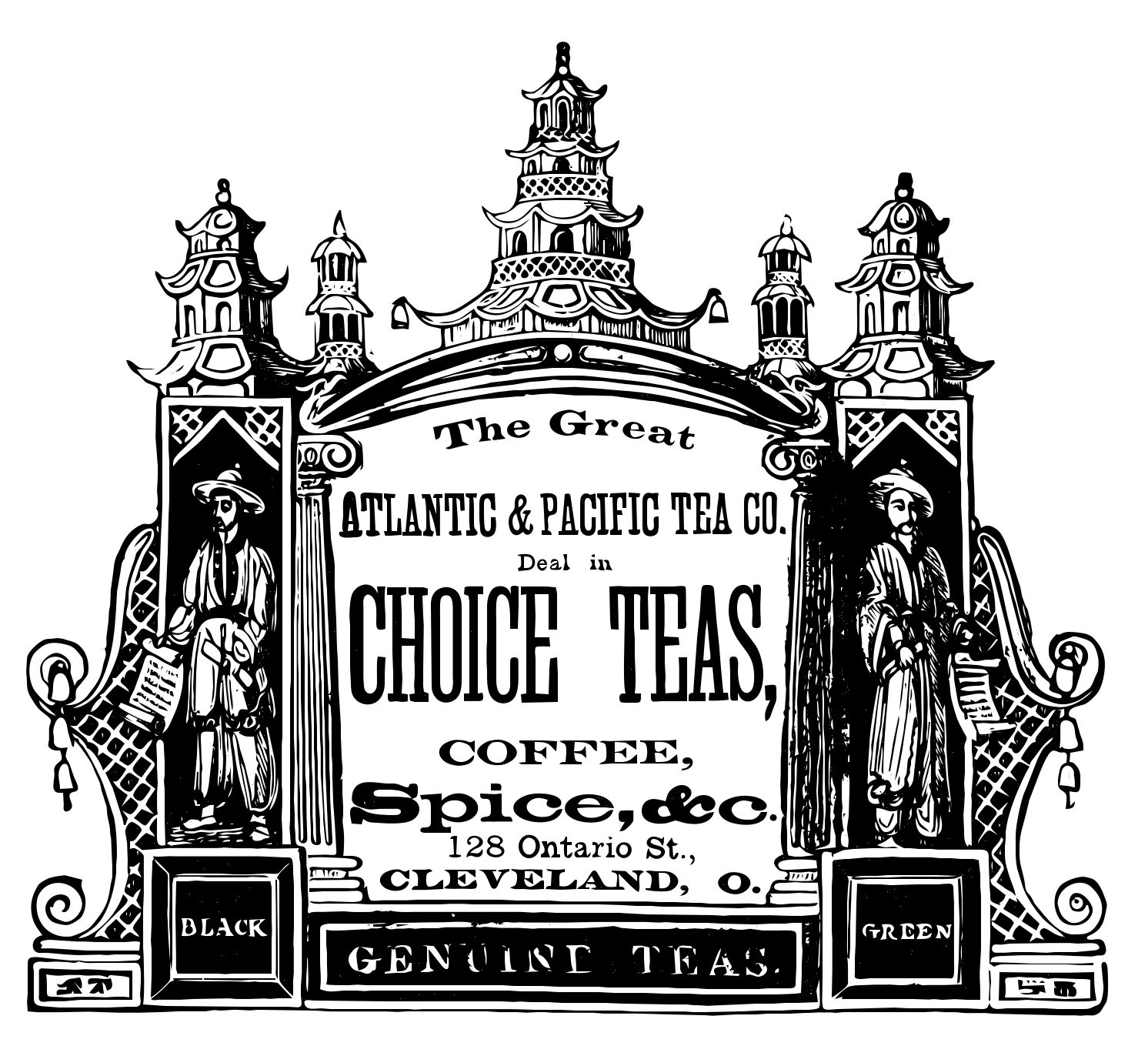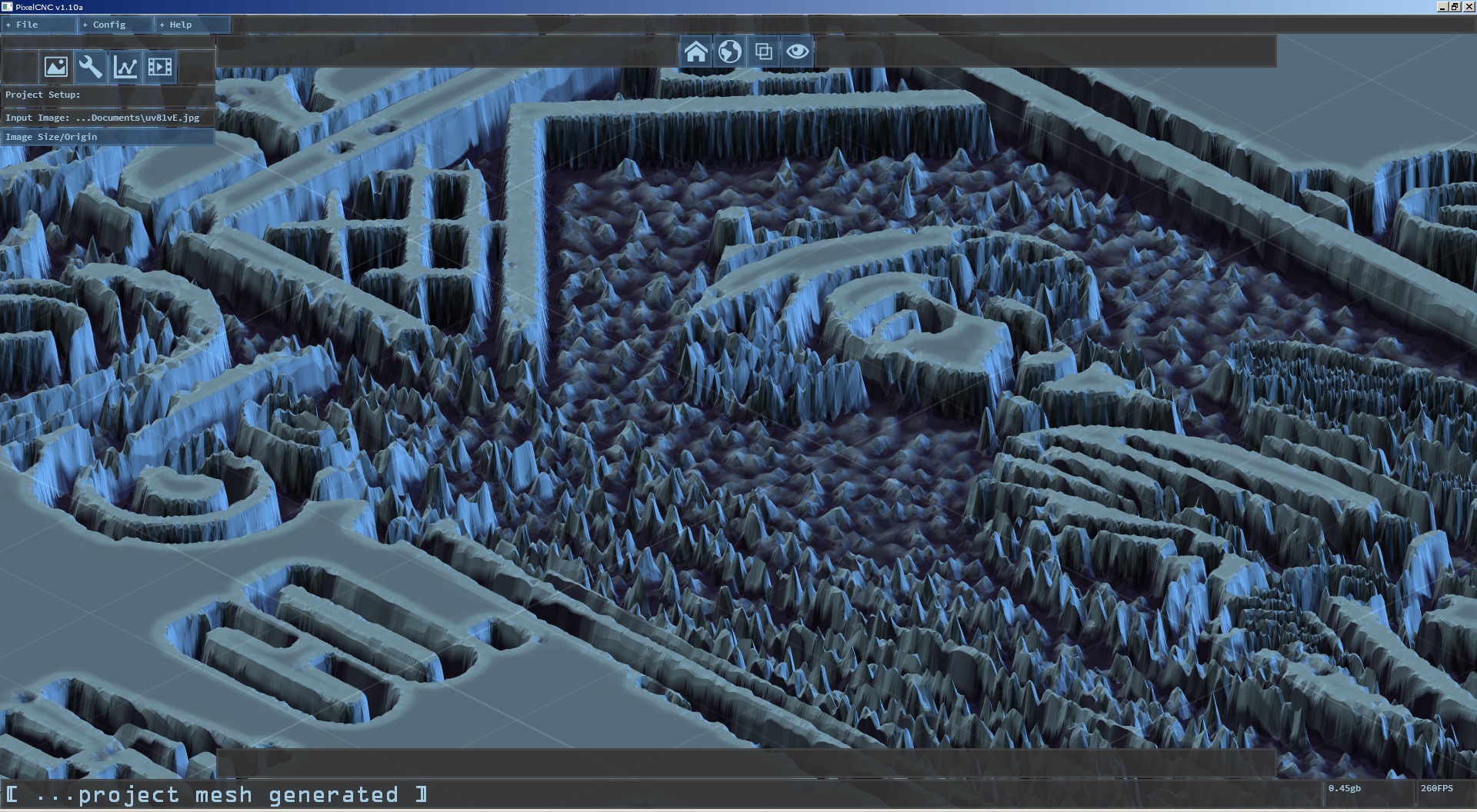Hi,
Can you let me know which parameters you need? Basically, the majority of the images that I try to load aren't able to generate a mesh. After loading the image, the generating mesh status displays and after a short while the program hangs with a "not responding" message. Since loading the image is the first step, I can't change the other parameters. Attaching 1 of the images that causes the hanging.
Thanks,
Bill





